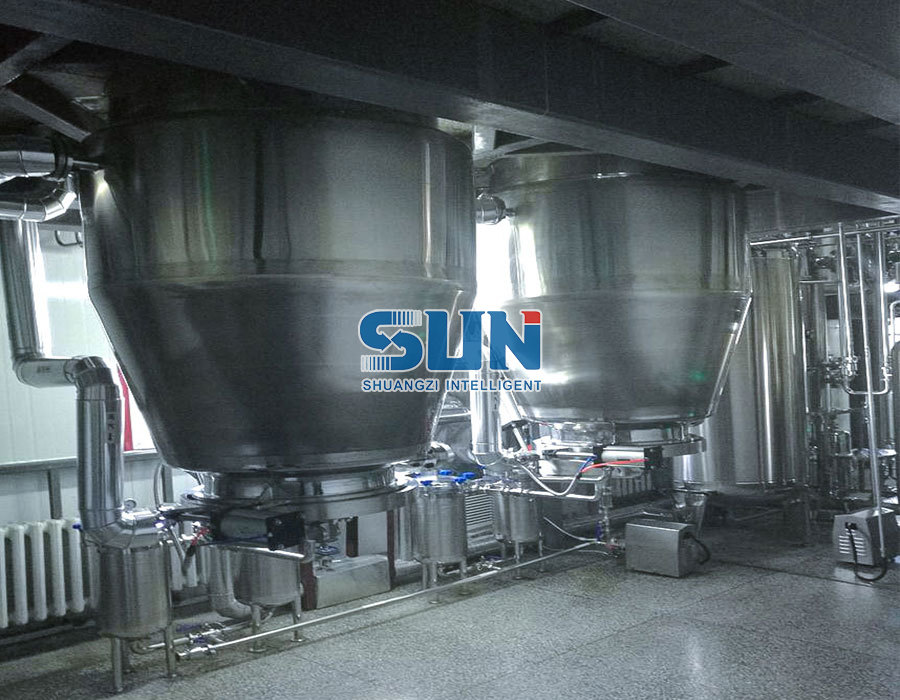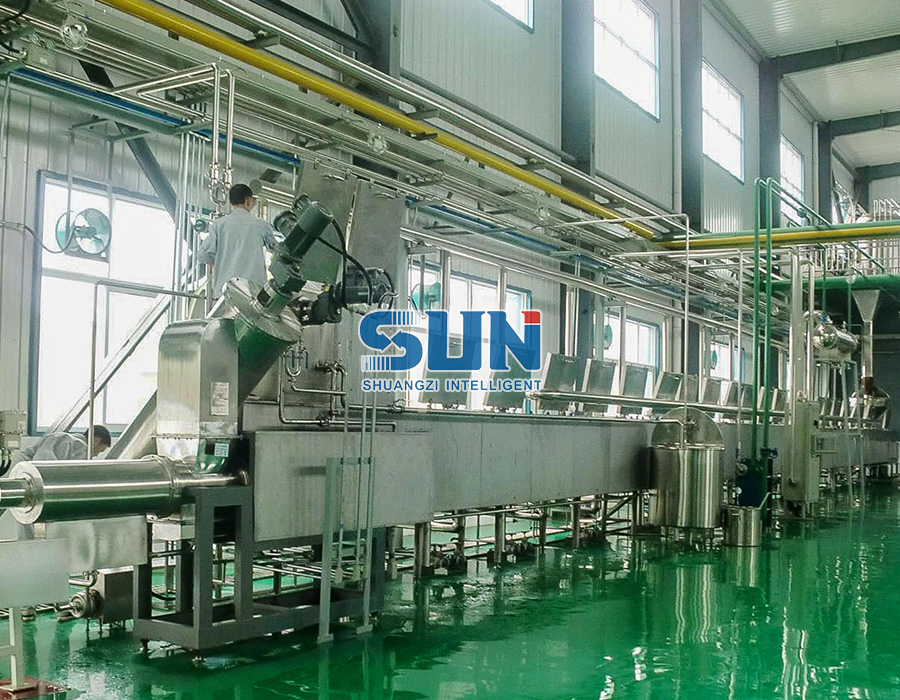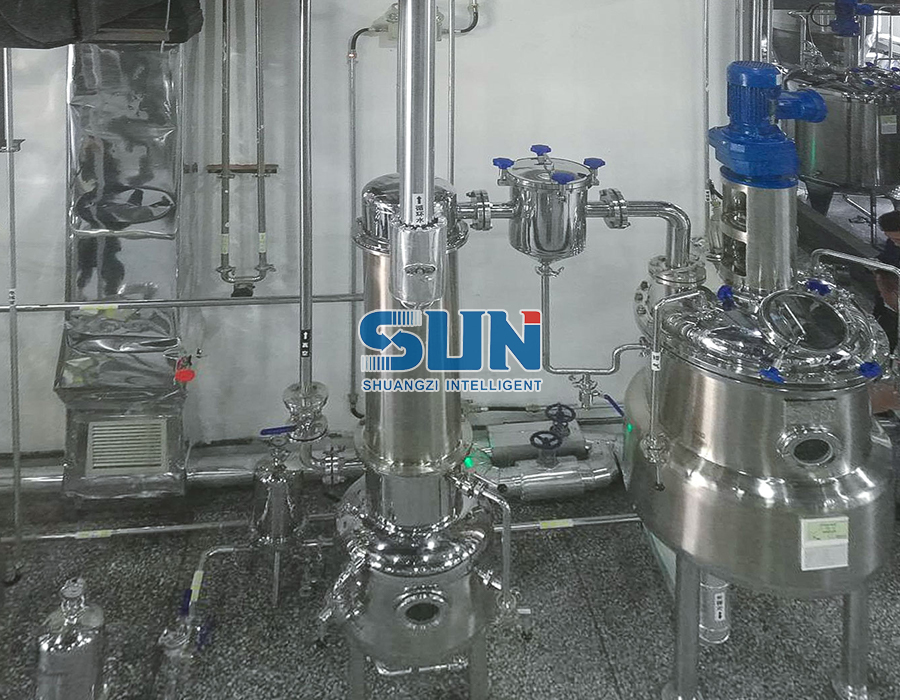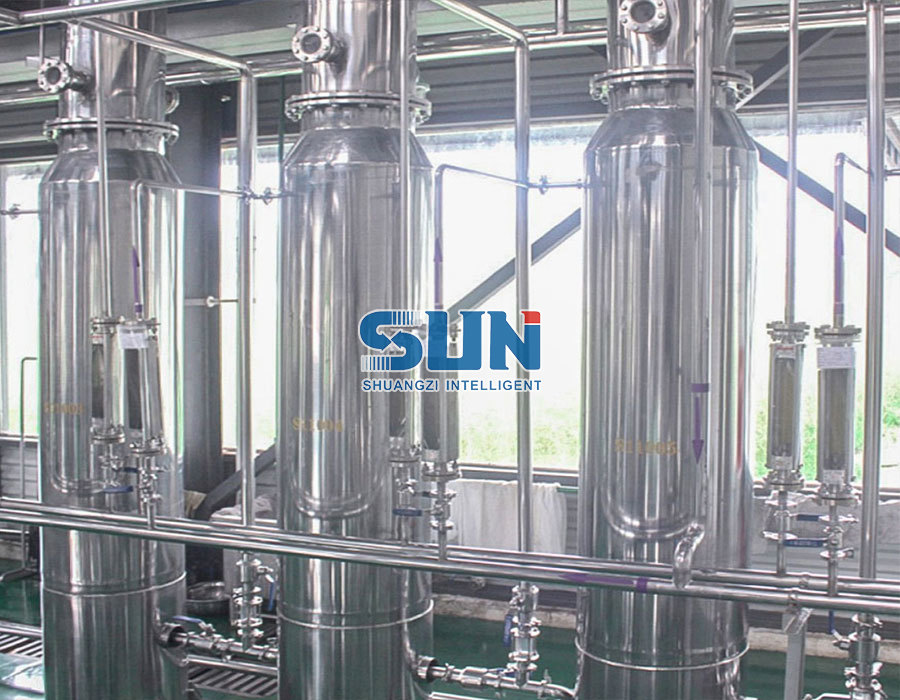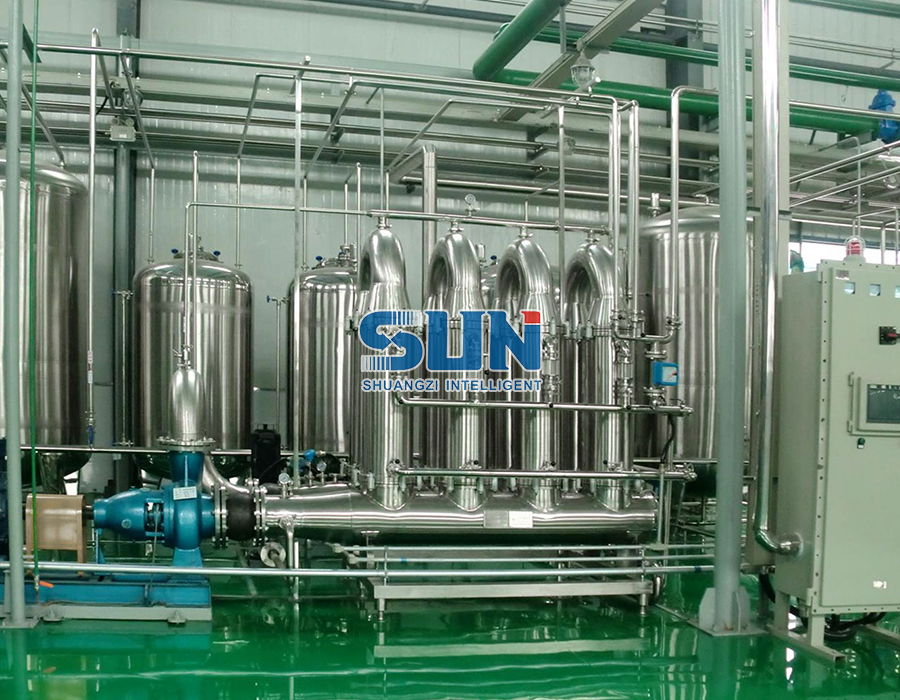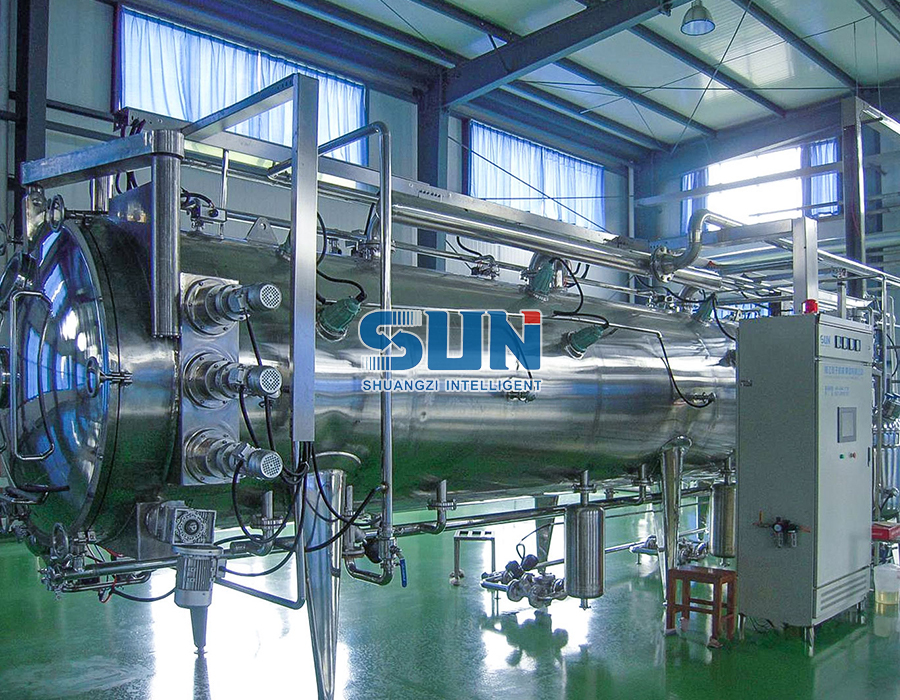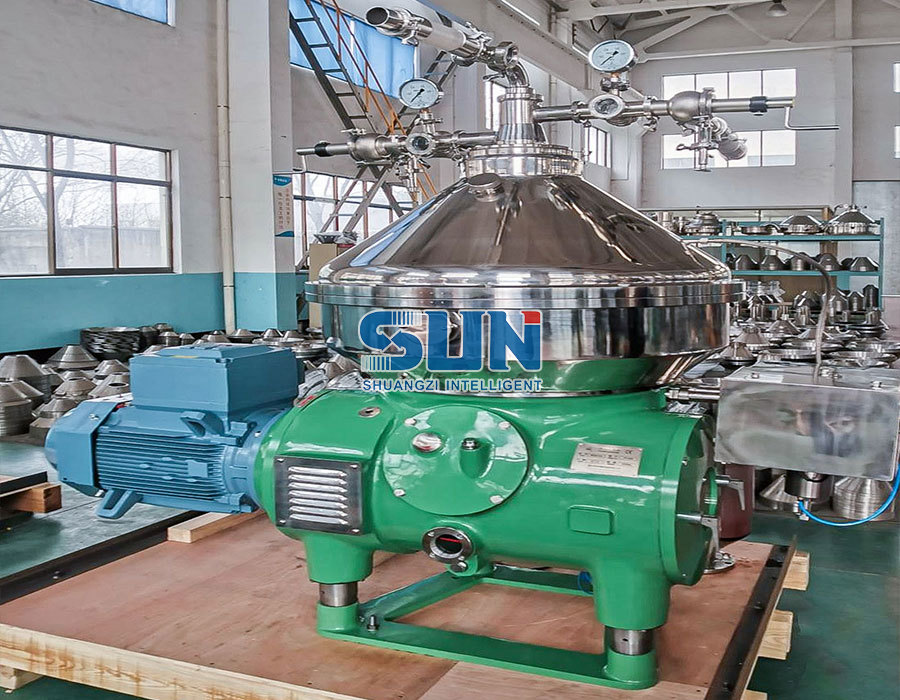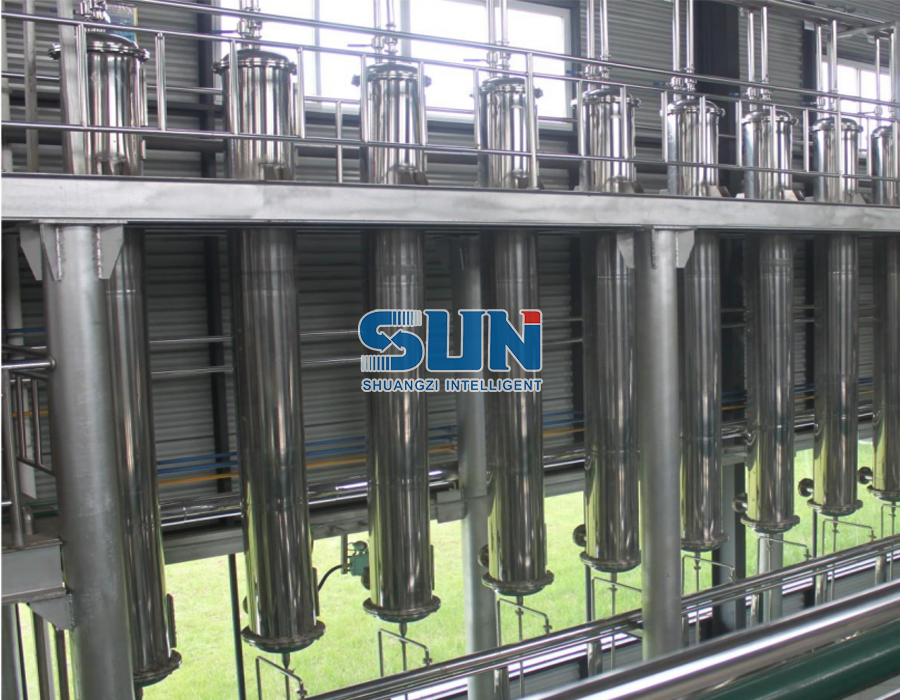External circulation evaporator is widely used in industries for efficient concentration, crystallization, and solvent recovery. This article explores their working principle, key advantages, and industrial applications, helping you understand why they are a preferred choice in many processes.
What is an External Circulation Evaporator?
An external circulation evaporator is a type of evaporator where the liquid to be concentrated is circulated outside the heating chamber. This design enhances heat transfer efficiency and reduces fouling, making it suitable for viscous or heat-sensitive materials.
Working Principle of External Circulation Evaporators
The operation of an external circulation evaporator involves the following steps:
- Feed Introduction: The liquid enters the evaporator system and is pumped through an external heat exchanger.
- Heating: The liquid is heated indirectly via steam or another heating medium in the heat exchanger.
- Separation: The heated liquid enters a separation chamber where flash evaporation occurs due to pressure reduction.
- Vapor-Liquid Separation: Vapor is separated from the concentrated liquid, which is then recirculated for further concentration if needed.
Key Components of an External Circulation Evaporator
| Component | Function |
| Heat Exchanger | Transfers heat from the heating medium to the process liquid |
| Circulation Pump | Maintains liquid flow through the system |
| Separation Chamber | Provides space for vapor-liquid separation |
| Condenser | Condenses vapor for recovery or disposal |
| Vacuum System | Maintains reduced pressure for lower boiling points |
Advantages of External Circulation Evaporators
External circulation evaporators offer several benefits compared to other evaporator types:
- High Heat Transfer Efficiency: External heating allows for better control of heat transfer rates.
- Handling Viscous Liquids: Suitable for materials that would foul internal heating surfaces.
- Easy Cleaning and Maintenance: The external heat exchanger is more accessible for cleaning.
- Flexible Operation: Can handle varying feed concentrations and flow rates.
- Reduced Scaling: High fluid velocities minimize scaling on heat transfer surfaces.
Comparison with Other Evaporator Types
| Evaporator Type | Advantages | Limitations |
| External Circulation | Handles viscous fluids, easy maintenance, high efficiency | Higher initial cost, larger footprint |
| Falling Film | Energy efficient, good for heat-sensitive materials | Difficult with viscous or fouling liquids |
| Forced Circulation | Excellent for crystallizing applications | High energy consumption |
| Plate Evaporators | Compact, good heat transfer | Limited to non-fouling applications |
Industrial Applications of External Circulation Evaporators
These evaporators find use in numerous industries due to their versatility:
- Chemical Processing: Concentration of acids, alkalis, and organic compounds
- Food Industry: Juice concentration, dairy processing, and sugar refining
- Pharmaceuticals: Solvent recovery and drug concentration
- Wastewater Treatment: Volume reduction of industrial effluents
- Pulp and Paper: Black liquor concentration
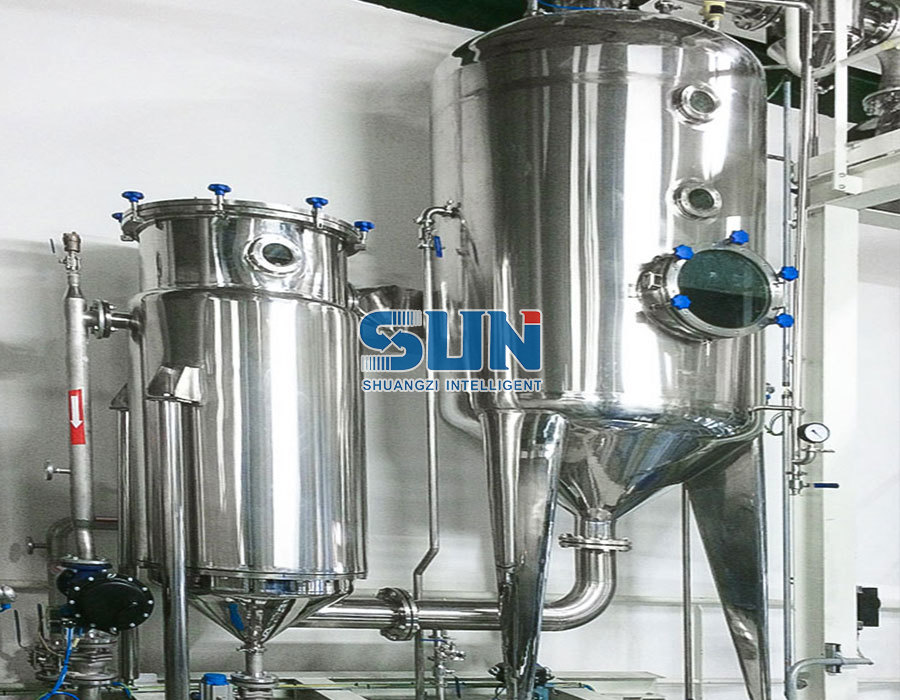
Design Considerations for External Circulation Evaporators
When selecting or designing an external circulation evaporator, consider these factors:
| Factor | Consideration |
| Material Properties | Viscosity, thermal sensitivity, fouling potential |
| Capacity Requirements | Feed rate, concentration ratio needed |
| Energy Efficiency | Steam economy, potential for multiple effects |
| Construction Materials | Corrosion resistance, compatibility with process fluids |
| Space Constraints | Footprint, height requirements |
Energy Efficiency and Optimization
Improving the energy efficiency of external circulation evaporators can significantly reduce operating costs:
- Multiple-Effect Arrangement: Using vapor from one effect to heat the next
- Thermal Vapor Recompression (TVR): Recompressing vapor to increase its temperature
- Mechanical Vapor Recompression (MVR): Using compressors to reuse vapor energy
- Heat Integration: Recovering waste heat from other processes
- Proper Insulation: Minimizing heat losses from piping and vessels
Maintenance and Troubleshooting
Regular maintenance ensures optimal performance and longevity:
| Issue | Possible Cause | Solution |
| Reduced Evaporation Rate | Fouled heat exchanger, low vacuum, insufficient heating | Clean heat exchanger, check vacuum system, verify steam supply |
| Excessive Foaming | High solids content, improper feed characteristics | Add antifoam agents, adjust feed rate or temperature |
| Pump Cavitation | Low NPSH, high viscosity, air leaks | Check pump suction conditions, verify liquid properties |
| Scaling Problems | High concentration of scaling salts | Implement cleaning cycles, consider pretreatment |
Future Trends in Evaporation Technology
The evaporation technology field continues to evolve with these emerging trends:
- Advanced Materials: Development of more corrosion-resistant and fouling-resistant surfaces
- Smart Controls: Integration of IoT and AI for predictive maintenance and optimization
- Energy Recovery Systems: Improved designs for maximum energy efficiency
- Compact Designs: Space-saving configurations without compromising capacity
- Hybrid Systems: Combining evaporation with other separation technologies
Conclusion
External circulation evaporators offer a robust solution for many industrial evaporation needs, particularly for viscous, fouling, or heat-sensitive materials. Their high efficiency, maintenance advantages, and operational flexibility make them a preferred choice in numerous applications. Understanding their working principles and proper design considerations helps in selecting and operating these systems effectively.
When implementing an external circulation evaporator system, careful consideration of material properties, capacity requirements, and energy efficiency options will ensure optimal performance and cost-effectiveness for your specific application.


 英语
英语 俄语
俄语